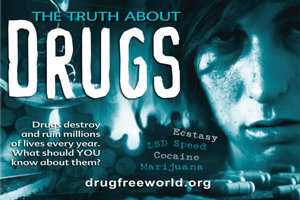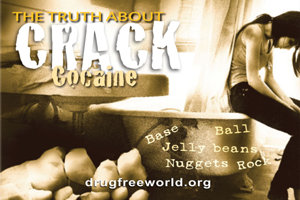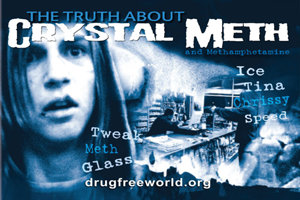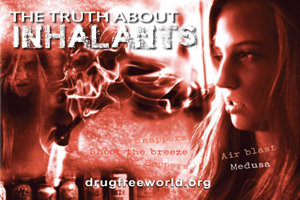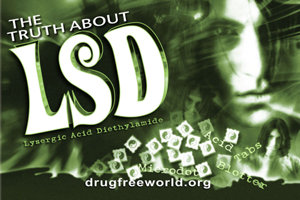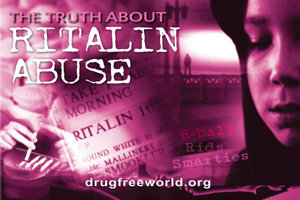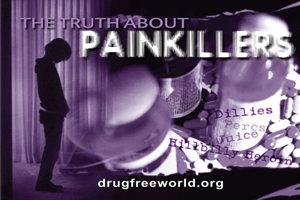Cocaine and crack cocaine can be taken orally, through the nose (snorted), injected with a syringe or, in the case of crack, through inhalation of the fumes from heating it.
The terms used to describe ingestion include chewing, snorting, mainlining (injecting into a large vein) and smoking.
The word cocaine refers to the drug in a powder form (cocaine) and a crystal form (crack). It is made from the coca plant and, next to methamphetamine,
creates the greatest psychological dependence of any drug.
Short-term Effects:
Cocaine causes a short-lived intense high that is immediately followed by the opposite—intense feelings of depression and edginess and a craving for more of the drug. People who use it often don’t eat or sleep properly. They can experience greatly increased heart rate, muscle spasms and convulsions. The drug can make people feel paranoid, angry, hostile and anxious, even when they aren’t high.
Long-term Effects:
In addition to those effects already mentioned, cocaine can cause irritability, mood disturbances, restlessness, paranoia and auditory (hearing) hallucinations. Tolerance to the drug develops so that more is needed to produce the same “high.”






